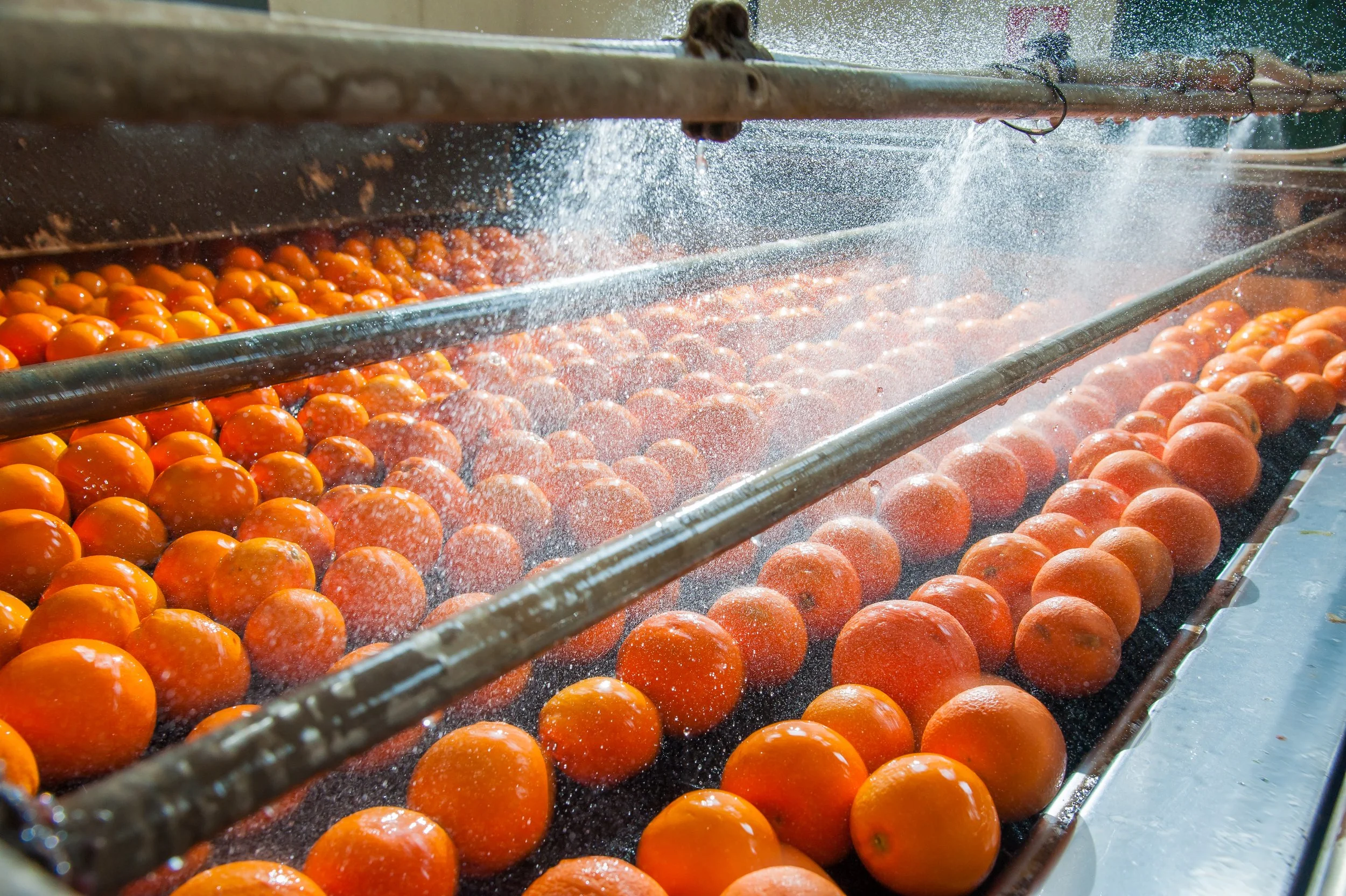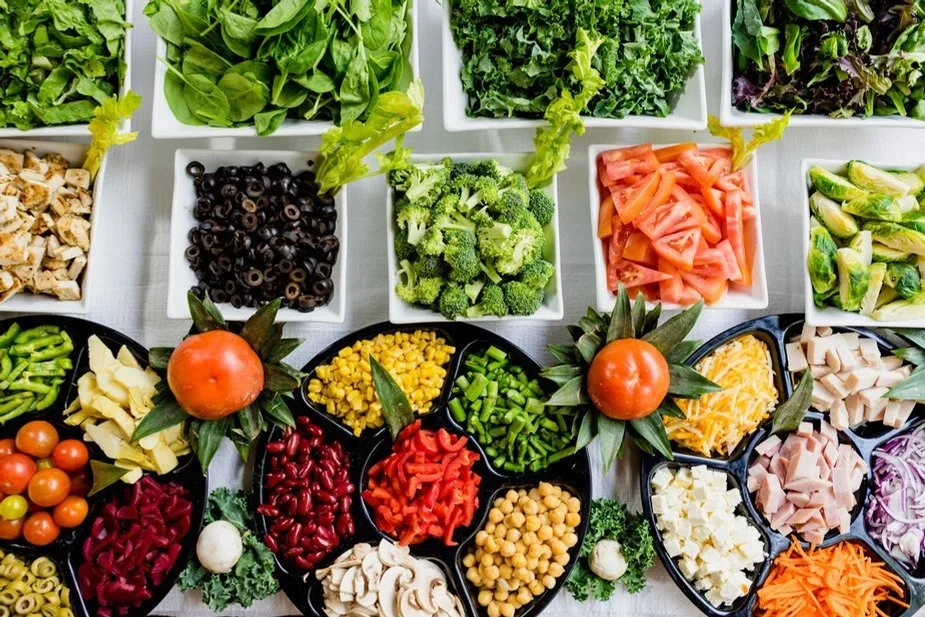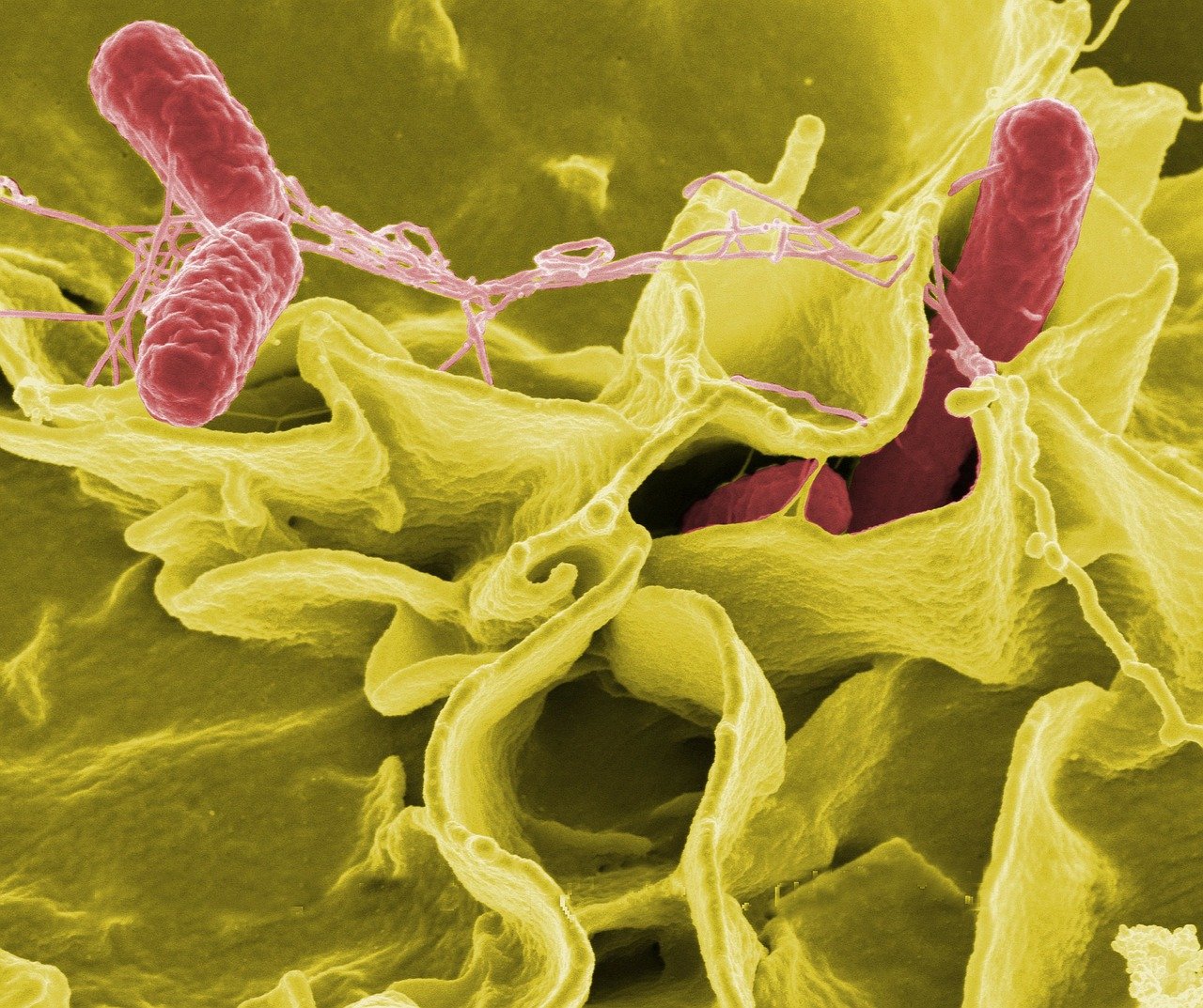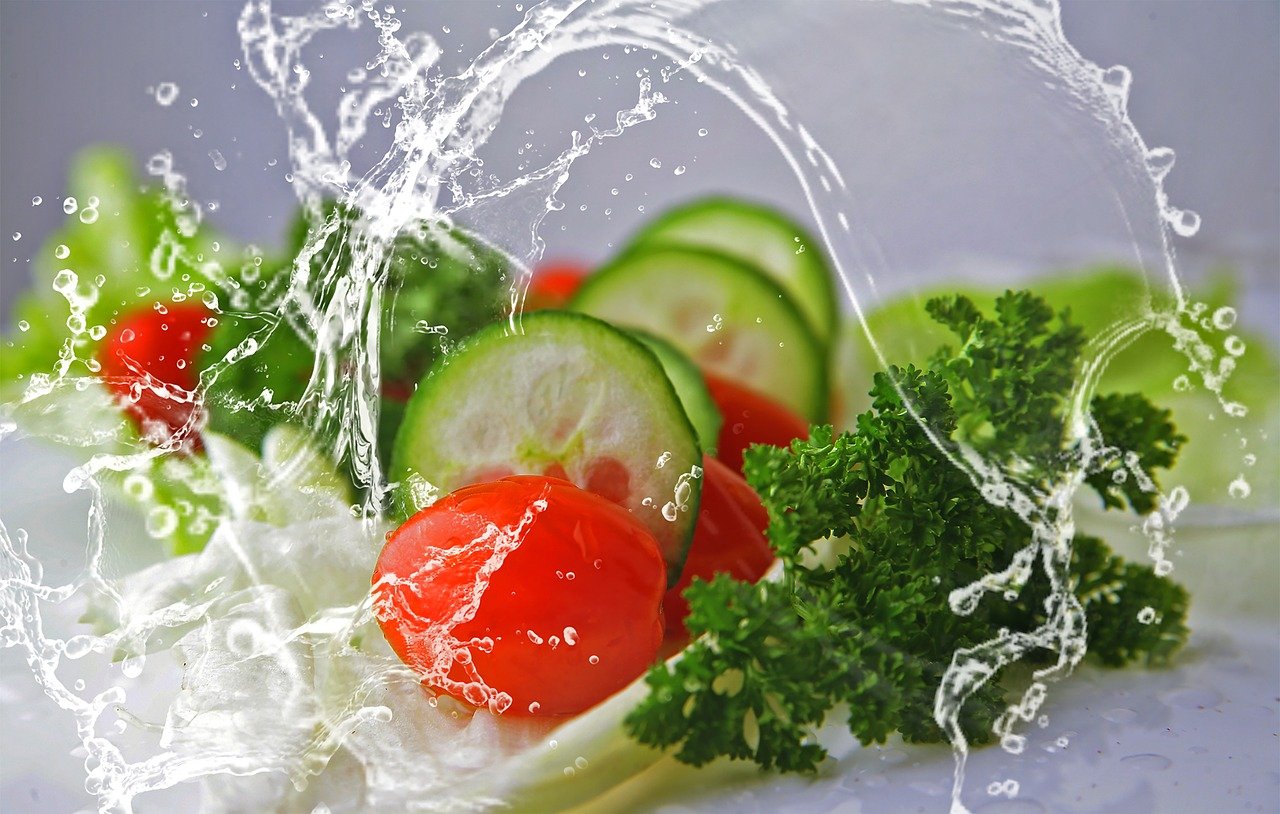
World Food Safety Day: Preparing for the Unexpected
This year’s World Food Safety Day emphasizes the importance of being prepared for disruptions in the food chain, from minor mishaps to large-scale crises.

Mastitis in Dairy Cows: Causes, Symptoms, and Strategies for Prevention
Mastitis is the most widespread and costly disease affecting dairy cattle worldwide. It is often caused by infection and can impact milk production and quality.

In-line Pathogen Detection at Critical Control Points (CCPs)
Ever wonder how that juicy burger or crisp salad arrives on your plate safe for you to eat? It's not just magic. The food and beverage industry relies on a system called Hazard Analysis and Critical Control Points (HACCP), an internationally recognized method for preventing foodborne illnesses. Combined with in-line pathogen detection, these systems work together to keep your food safe and delicious.

International Day of Plant Health: Safeguarding Plants and Crops through Pathogen Detection
The global movement of goods and climate change have exacerbated the spread of plant pests and diseases, posing significant threats to agricultural productivity, biodiversity, and food security. In response, the United Nations has designated May 12th as the International Day of Plant Health to rally concerted efforts to protect plant health and mitigate the risks posed by pathogens.

Highly Pathogenic Avian Influenza (HPAI) Detections in Livestock
In recent weeks, the agricultural community in the United States has been on high alert following the confirmation of Highly Pathogenic Avian Influenza (HPAI) in dairy milking cattle across several states.

Campylobacter: Hidden Risks in Food and Water
Campylobacter is responsible for more cases of foodborne illness than you might expect. Often overshadowed by more notorious foodborne pathogens, Campylobacter remains a leading cause of bacterial gastroenteritis worldwide.

The Benefits of Customized Pathogen Detection Systems for Food Quality Control
Ensuring food safety is a paramount concern for everyone, from farmers and producers to retailers and consumers. However, traditional methods of pathogen detection in the food industry have their limitations. Customized pathogen detection systems are a game-changer in food quality control, offering faster and more accurate solutions for identifying and mitigating pathogenic risks.

Seafood Safety: Pathogen Detection in the Seafood Industry
Millions of people rely on seafood as a primary source of protein. However, seafood is responsible for a significant proportion of foodborne illnesses and outbreaks each year. Chemicals, metals, marine toxins, and infectious agents have been found in seafood, including bacteria, viruses, and parasites causing symptoms that range from mild stomach irritation to life-threatening illnesses.

What is the purpose of pasteurization?
Pasteurization is a heat treatment process aimed at reducing pathogenic microorganisms present in food and beverages. Developed by the French microbiologist Louis Pasteur in the 19th century, pasteurization has become a cornerstone in ensuring the safety of various beverages and foods.

Thanksgiving Food Safety: Your Ultimate Guide to a Healthy Holiday Feast
As the holiday season approaches, many of us eagerly anticipate the delicious Thanksgiving feast that awaits. However, it's essential to prioritize food safety to ensure that your celebration is not marred by foodborne illnesses.

International Day of Awareness on Food Loss and Waste Reduction
Every year, millions of tons of food are lost or wasted across the globe. International Day of Awareness on Food Loss and Waste Reduction, observed on September 29th, serves as a reminder of the urgent need to address this global challenge to minimize the effects on world hunger, resource loss, and climate change.

The Cost of Contamination: Economic Implications of Foodborne Diseases
Beyond the immediate health consequences, the cost of contamination in our food supply has far-reaching effects on economies worldwide. Unmask the invisible threat of foodborne pathogens and discover the intricate relationship between food safety, public health, and economic stability.

From Farm to Fork: Tracing Listeria's Journey in the Food Chain
Listeria contamination can occur at different stages of the food chain, starting from the farm where the produce is grown, through processing and distribution, until it reaches the consumer's plate.

IAFP 2023: Empowering Food Safety Through Real-Time Pathogen Detection
We were honored to attend the International Association for Food Protection (IAFP) 2023 conference! It was an extraordinary experience that brought together top professionals from around the world to discuss pressing food safety issues and explore groundbreaking technological innovations.

World Food Safety Day: Ensuring a Healthier and Safer Global Food System
With millions of people suffering from foodborne illnesses each year, World Food Safety Day serves as a reminder that food safety is a collective responsibility that requires cooperation from individuals, businesses, and governments worldwide.

Safe Food Starts with Safe Water: Preventing Foodborne Disease Outbreaks
Safe food starts with safe water. Kraken Sense offers a real-time, automated solution for water testing and monitoring in the food supply chain, identifying pathogen contamination before it reaches the public.

Multistate Listeria Outbreaks Cause 26 Hospitalizations, 1 Death
Multiple Listeria monocytogenes outbreaks have recently emerged involving deli meat, cheese, and enoki mushrooms, along with an unknown food source. With 26 hospitalizations and 1 death across the U.S., the CDC warns people who are pregnant, aged 65 or older, or have a weakened immune system to take additional precautions.



